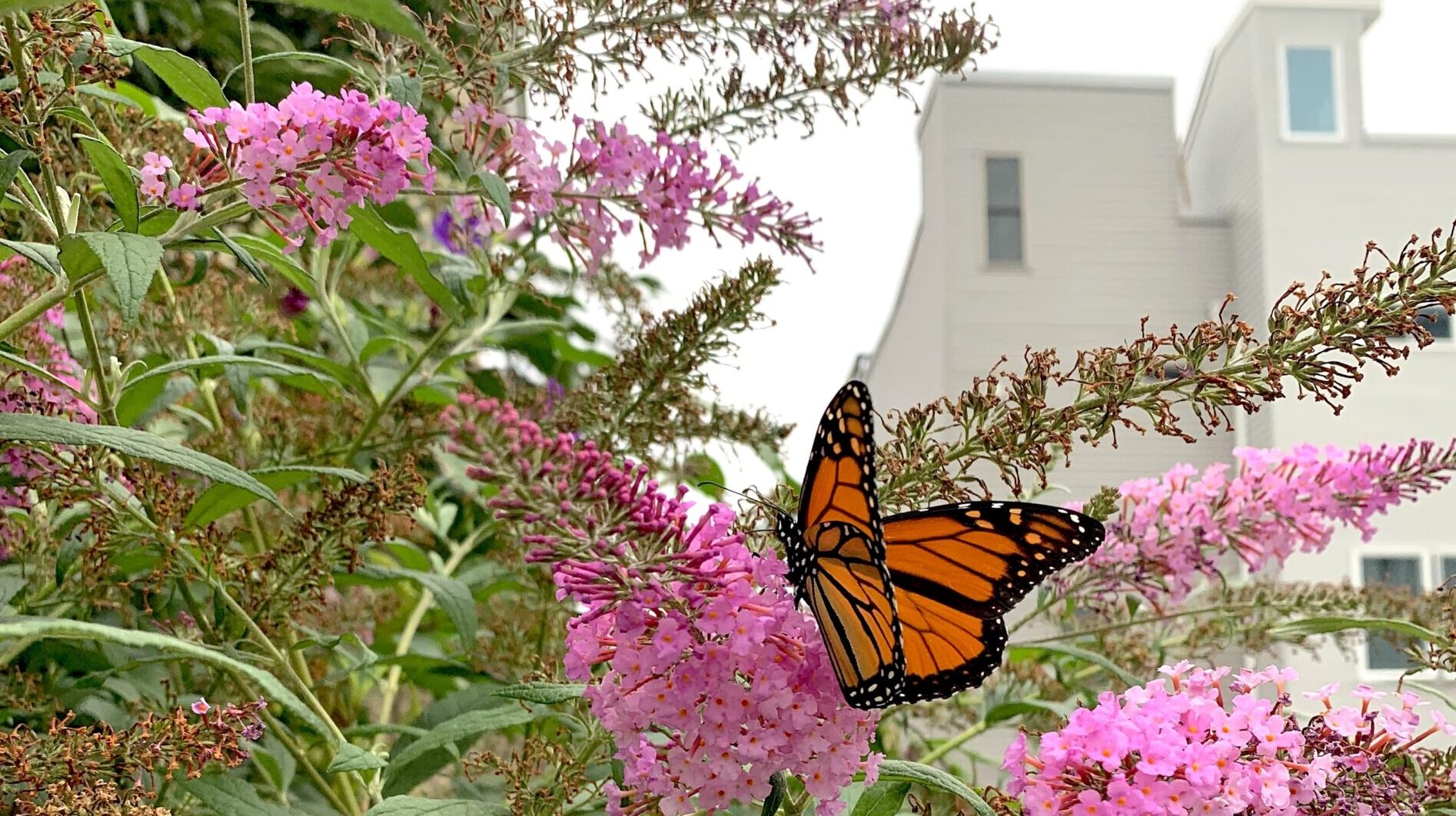sustainability
Sustainable Structures: A Guide to Green Building Certifications
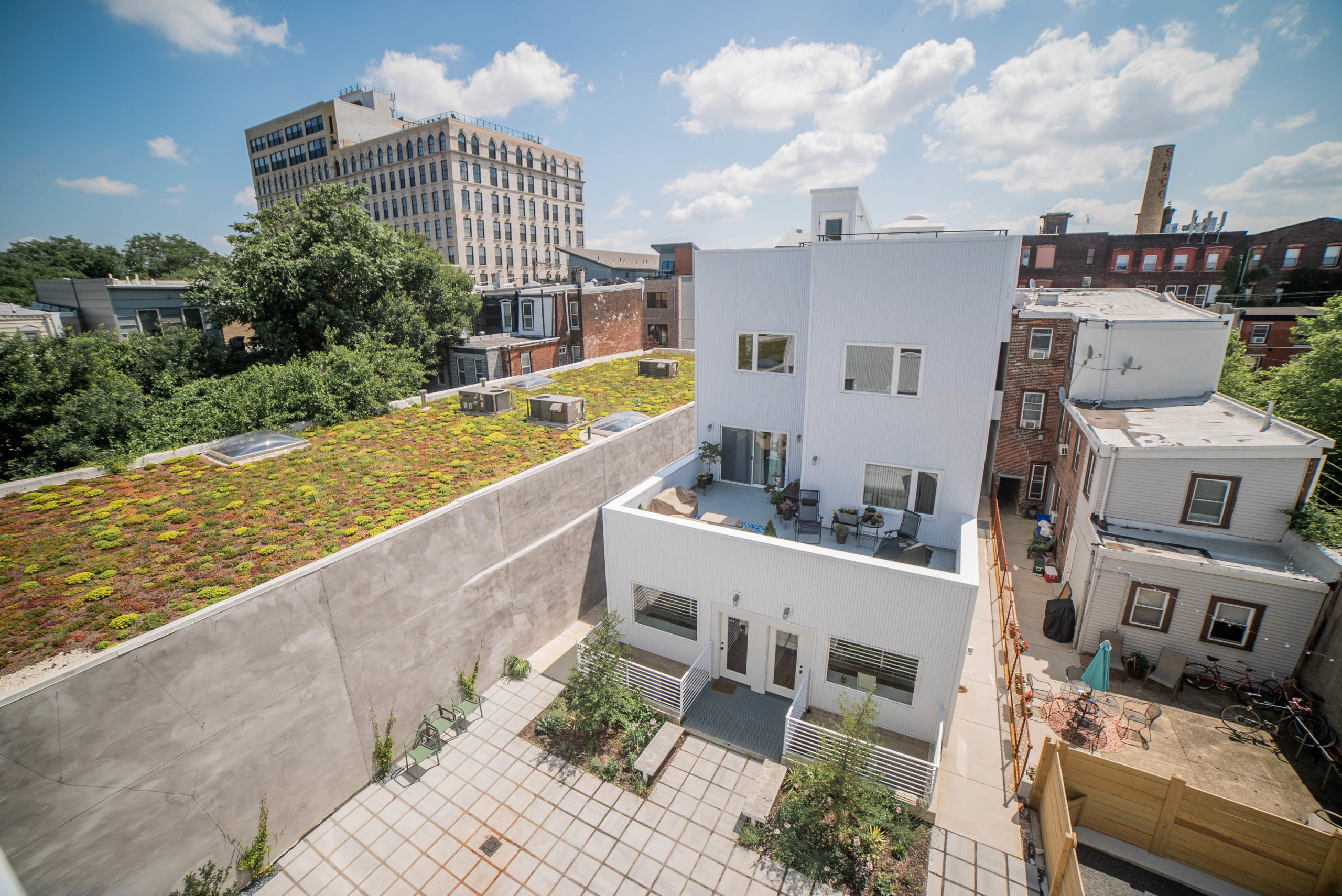
While most people are aware of the financial and ecological value of living and working in energy-efficient buildings, we still have a long way to go to make all homes more sustainable. When it comes to newer buildings and renovations, there are several Green building certifications and principles that have been developed over time as a way to substantiate that sustainable and eco-friendly practices were used in the construction or redevelopment of the building.
Like many industry-specific programs, the different certifications and acronyms can be confusing. What does it all mean for agents and real estate buyers anyway? To help break it down, here is a primer on four of the most popular certifications designating green structures: WELL, LEED, BREEAM, and the Passive House Certification.
WELL Buildings
The WELL Building Standard takes a holistic approach to health in the built environment addressing behavior, operations, and design. It is a performance-based system for certifying and monitoring features of the built environment that impact human health and well-being, through air, water, nourishment, light, fitness, comfort, and mind. WELL Certified™ spaces can help create a built environment that improves the nutrition, fitness, mood, sleep patterns, and performance of its occupants. WELL Certifications are ranked: Silver, Gold, and Platinum.
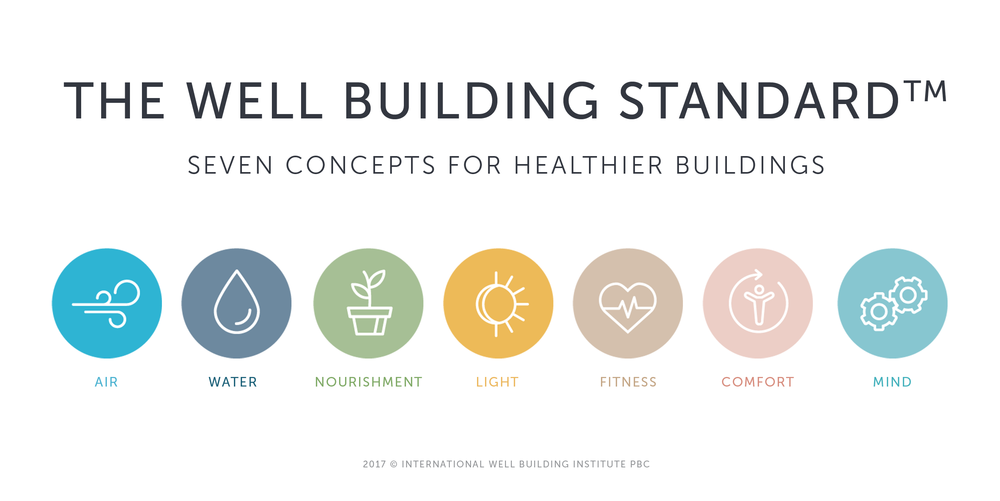
LEED Certification
LEED stands for Leadership in Energy and Environmental Design and it is a certification program run by the U.S. Green Building Council (USGBC).
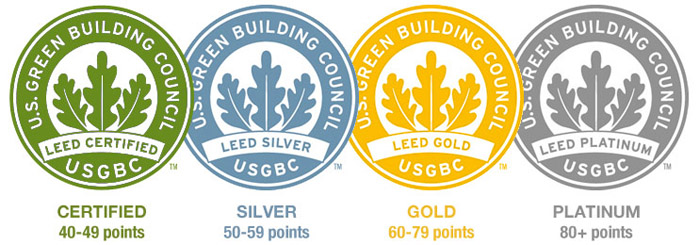
There are four LEED Certifications with each one requiring an increased number of points: Certified, Silver, Gold, and Platinum. To achieve LEED certification, a project earns points that address carbon, energy, water, waste, transportation, materials, health, and indoor environmental quality. Key areas include:
- Water metering and use
- Greenhouse gas emissions
- Indoor air quality
- Use of recycled materials/span>
- Utilization of resources
- Maintenance and operation costs
A March 2022 article by the U.S. Green Council Building Council (USGCB) stated that there are 300 projects of LEED Certified commercial buildings in Philly. Examples include the Comcast Center, Lincoln Financial Field, and development at Penn’s Landing. In the article, Christine Knapp, the director of Philadelphia’s Office of Sustainability, said, “We recently updated our requirement that any new or significantly renovated city building must meet LEED Gold standards. Previously, that requirement had been for LEED Silver.”
BREEAM
BREEAM stands for Building Research Establishment Environmental Assessment Methodology. Both LEED and BREEAM focus on environmental impact and they are globally accepted programs that indicate a building was designed and constructed to a certain level of environmental responsibility.
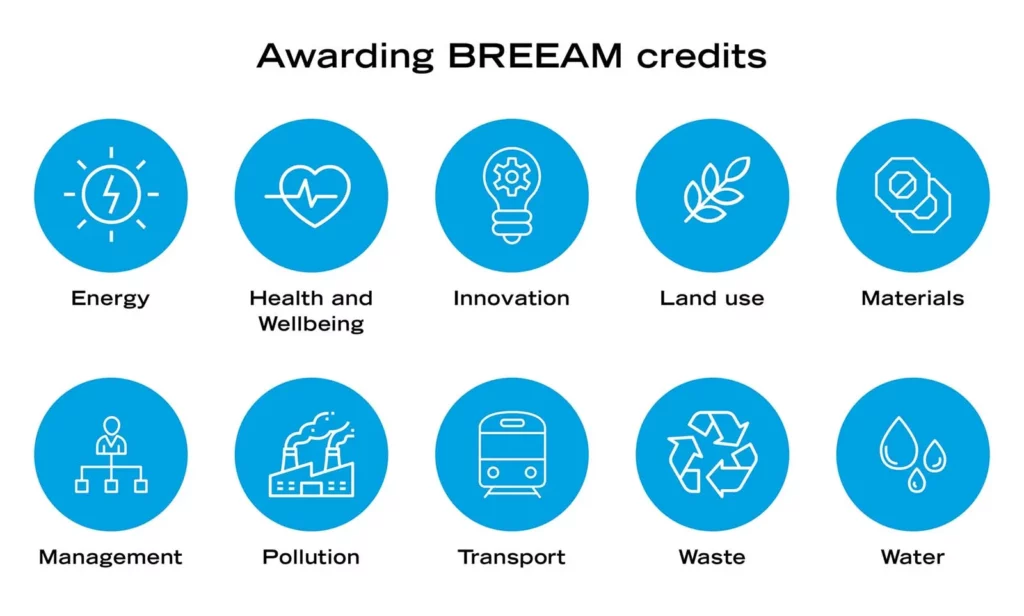
While both programs deal with the environmental sustainability of a building, the biggest difference between the two is how the rating is awarded. BREEAM uses licensed assessors who examine the evidence against their credit criteria. LEED does not use assessors to collect evidence for certification. Instead, the building’s design team collects data and sends it to the USGBC. Overall, LEED is considered to be simpler in its approach, while BREEAM is more academic and rigorous. Because BREEAM was started in the UK it also tends to be used more in Europe while LEED is more popular in the U.S.
Passive House Certification
Passive House is a building certification focused on a strict set of standards focused on the reduction of energy use. For a house to be considered a passive house, the building has to use 80 percent less energy than traditional buildings.
According to the International Passive House Association (iPHA) “A Passive House requires very little energy to maintain a constant, pleasant temperature. In this sense, such buildings are almost passive as they need hardly any active heating or cooling to stay comfortable year-round. Excellent insulation and highly efficient heat recovery systems make this possible.”
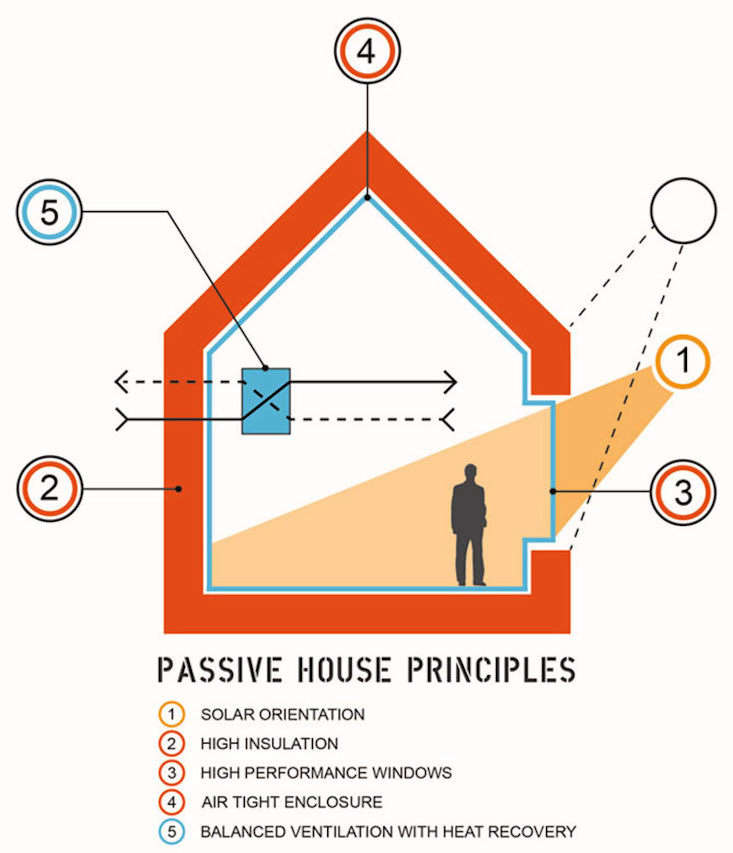
There are no ratings associated with the Passive House certification – either the standards are met or the building can’t be certified. It’s also worth noting that a Passive House building does not need to be certified to be considered a Passive House but the certification provides a visible form of quality assurance and helps encourage transparency.
Advantages Of Living In A Green Building
In 2022 the National Association of Realtors (NAR) released a study that revealed an increase in consumer interest in homes with green features. Of the Realtors surveyed, 50% had helped clients buy or sell a home with green features, a 32% increase from the previous year.
The built environment is a critical part of addressing climate change and supporting more equitable communities so it’s promising that we are beginning to see a demand for more sustainable homes and buildings. Green buildings save owners and renters money while improving efficiency, lowering carbon emissions, and creating healthier places for people. In the case of residential buildings, they generally have better retention rates, happier occupants, and increased productivity rates.





